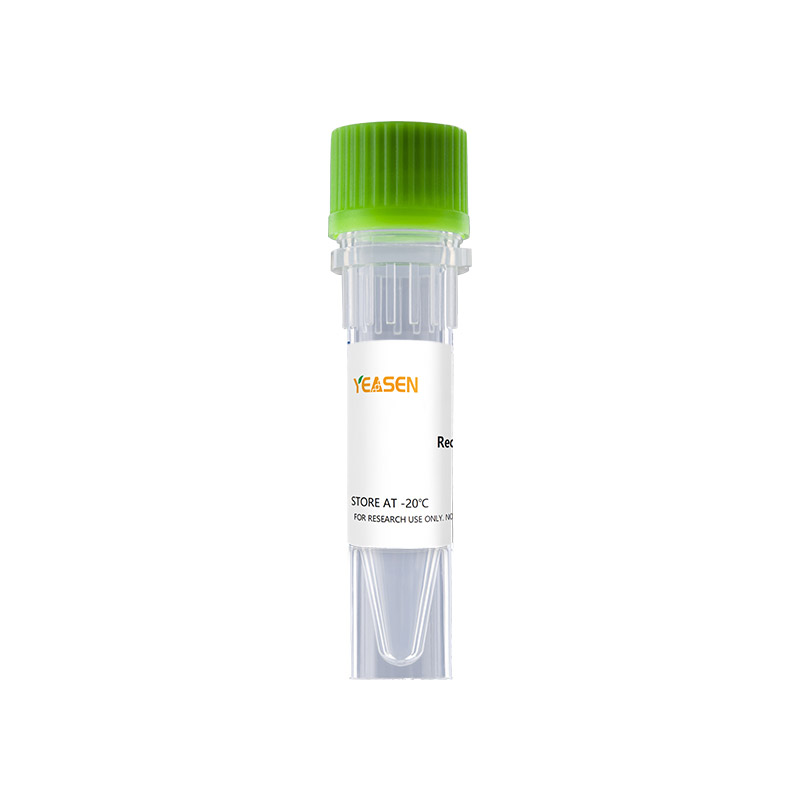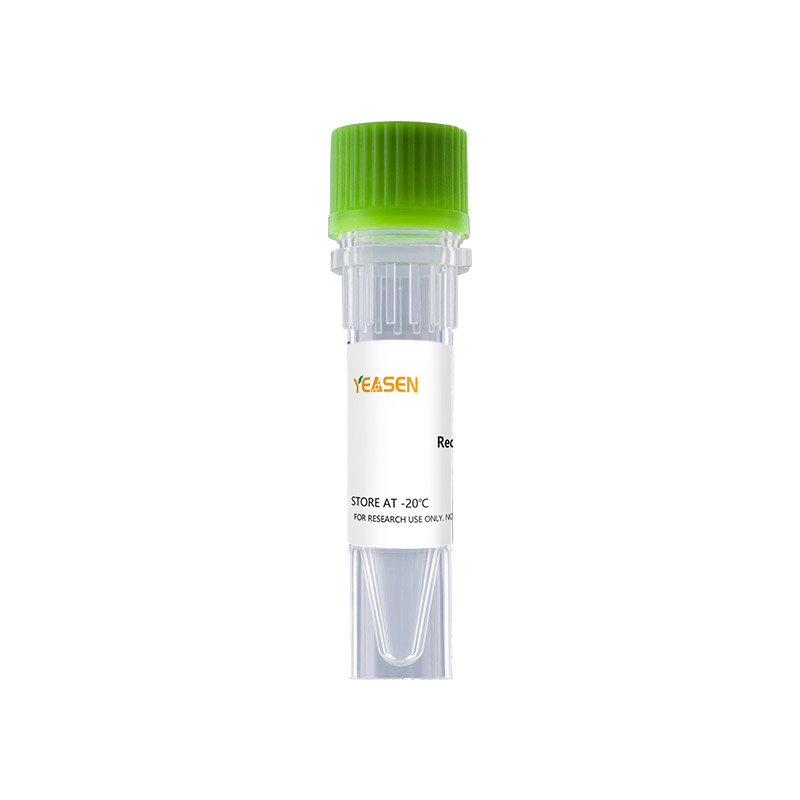Interleukin-5 (IL-5) is a secreted glycoprotein that belongs to the alpha -helical group of cytokines. Unlike other family members, it is present as a covalently linked antiparallel dimer. The cDNA for rat IL-5 encodes a signal peptide and a 113 amino acid (aa) secreted mature protein. Mature rat IL-5 shares 70%, 94%, 56%, 63%, 59% and 59%, aa sequence identity with human, mouse, canine, equine, feline and porcine IL-5, respectively. IL-5 is primarily produced by CD4+ Th2 cells, but also by activated eosinophils, mast cells, EBV-transformed B cells, Reed-Sternberg cells in Hodgkin’s disease, and IL-2-stimulated invariant natural killer T cells (iNKT). IL-5 increases production and mobilization of eosinophils and CD34+ progenitors from the bone marrow and causes maturation of eosinophil precursors outside the bone marrow. The receptor for human IL-5, mainly expressed by eosinophils, but also found on basophils and mast cells, consists of a unique ligand-binding subunit (IL-5 R alpha) and a shared signal‑transducing subunit, beta c. IL-5 R alpha first binds IL-5 at low affinity, then associates with preformed beta c dimers, forming a high-affinity receptor. IL-5 also binds proteoglycans, potentially enhancing its activity. Soluble forms of IL-5 R alpha antagonize IL-5 and can be found in vivo. In humans, IL-5 primarily affects cells of the eosinophilic lineage, and promotes their differentiation, maturation, activation, migration and survival, while in mice IL-5 also enhances Ig class switching and release from B1 cells. IL-5 also promotes differentiation of basophils and primes them for histamine and leukotriene release.
高纯度、高活性、低内毒素、高批间一致性
-85 ~ -65℃保存,收到货之后有效期1年。
复溶后,无菌条件下, 2 ~ 8 °C保存,7天有效期。复溶后,无菌条件下, -25 ~ -15℃保存,3个月有效期。建议首次使用时将蛋白等分,避免重复冻融循环。




